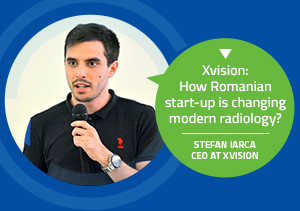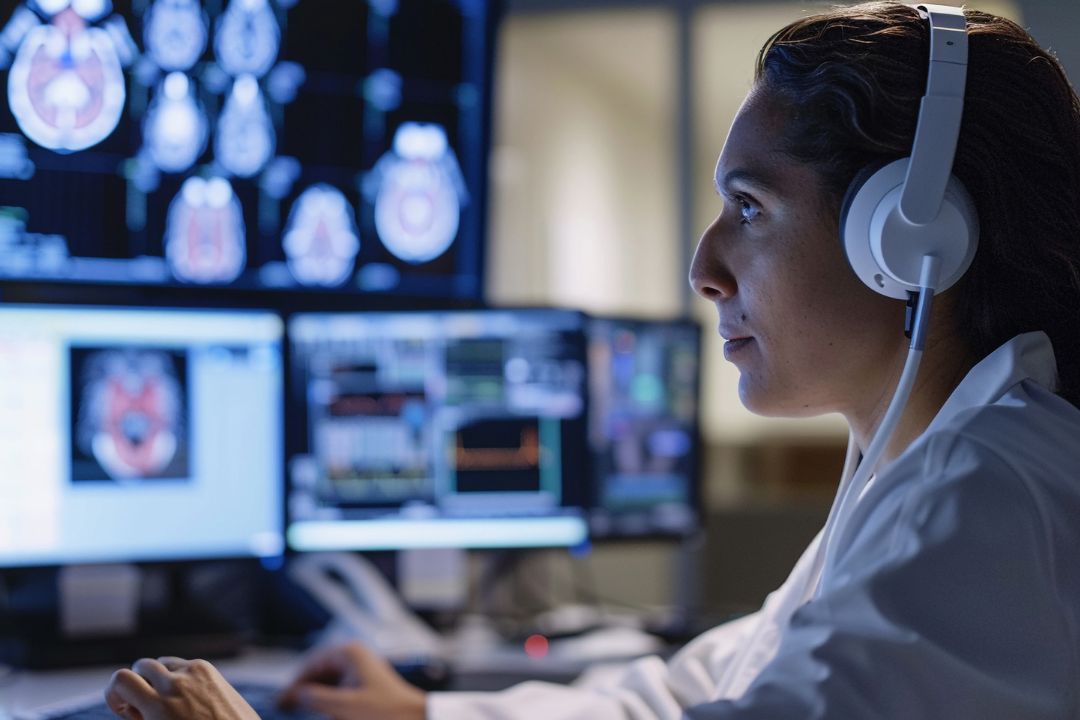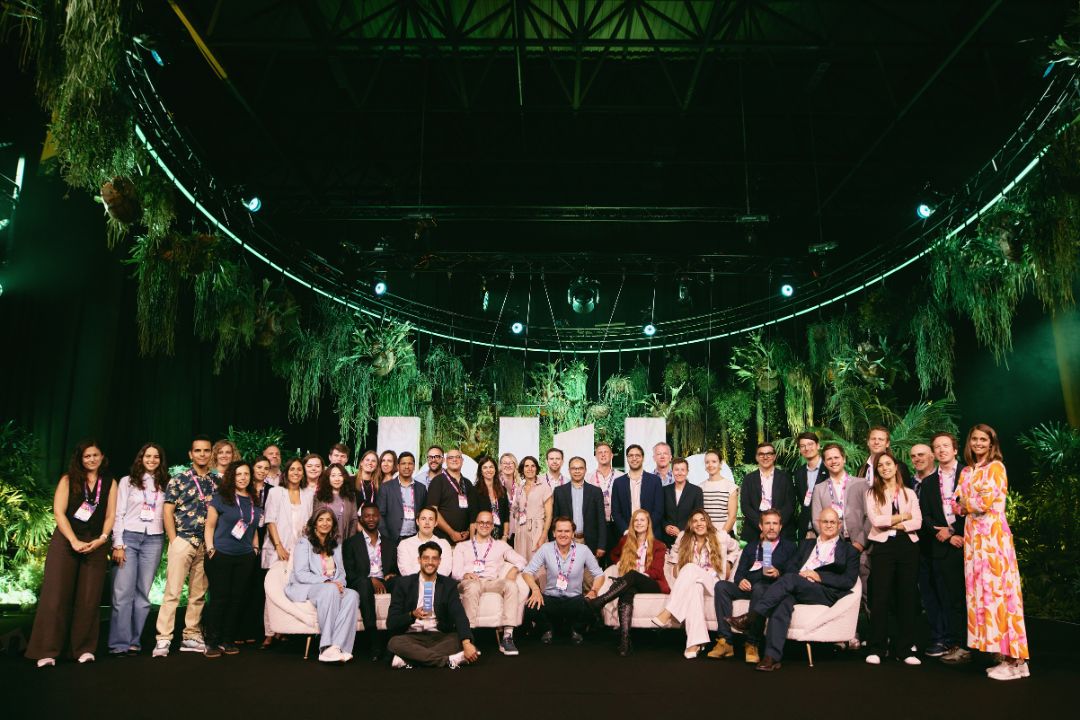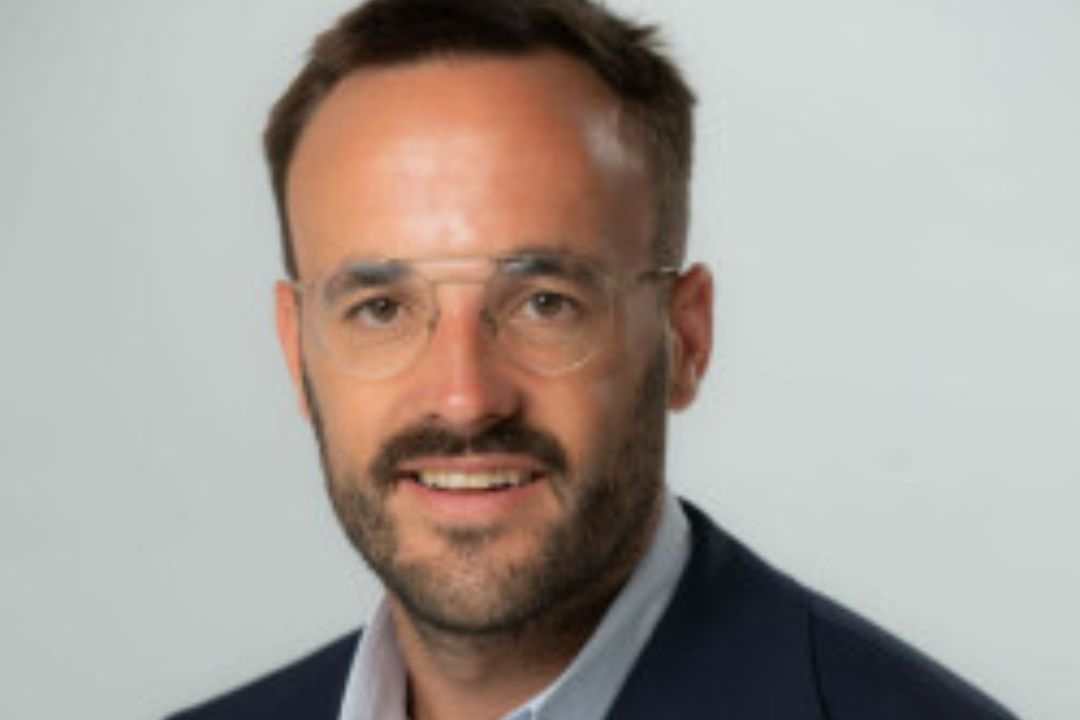9th March 2020
Interview with XVision – InnoStars Talks
InnoStars Talks is a series of interviews with healthcare innovators. They present inspiring stories of people involved in the EIT Health Community. Meet Stefan Iarca, CEO at XVision, who tells us how his start-up is changing modern radiology.

You are in the middle of the first implementation of your AI-based healthcare platform in the Romanian public hospital Timisoara Emergency County Hospital. What did your journey look like?
Our journey actually started 5 years ago, when our team of 4 co-founders first got together for a start-up competition – we were trying to build another idea and didn’t manage to win the competition with it, but we realised we could work extremely well as a team. We started participating in more competitions, we’ve learned a lot throughout the years and one and a half year ago, we started XVision. The beginning was especially hard because we found that not many people in the medical field were willing to give our team a shot in developing such a high-tech solution. The key was to persevere, and by doing that we managed to find the right people to help us. Now we have radiologists in our team, we have an esteemed Professor as a close collaborator, and I believe this collaboration between the technical co-founders and the medical personnel is central to our ability to reach this point.
Your experience with EIT Health started in 2018 when you participated in Health Venture Lab, an acceleration programme that was created by GE Healthcare with the support of EIT Health. You have also been in touch with EIT Health Hub – Freshblood. How did you benefit from this cooperation?
The help that we got and that we are getting from EIT Health, Freshblood, and HVL is important in facilitating our way forward. Not only did we get to discuss with extremely qualified mentors that know the specifics of the healthcare domain, but we also had access to a large network of stakeholders and potential clients. I believe that the advice we got helped us shape our company and pivot at the right time and in the right aspects, and the network that we had access to allowed us to connect with the people that we needed, which strongly accelerated our growth.
Artificial Intelligence is becoming more and more important phenomenon when discussing the digital revolution in healthcare innovation. Your product is based on this technology. What did inspire you to come up with this idea?
The idea of the product comes from our team’s belief that AI can be a tool that is useful to humanity, and that medical imaging is a great place for this idea to be put in practice. AI algorithms can handle images extremely well, but there’s a genuine problem with a worldwide lack of radiologists compared to the growing number of medical images generated. With our know-how in Machine Learning, we decided to take a shot at trying to solve this problem.
What is the biggest challenge for an innovator like you to launch your solution on the market? Where do you see the chances and obstacles that should be solved?
I used to believe that the largest obstacle to an innovator in the healthcare market is regulation, but I have changed my mind. Particularly when you start as a young entrepreneur, the regulations that you have to pass do help you set up a couple of processes that not only make sense, but help you grow as a company. I’m now pretty sure that the largest obstacle is the entry barrier that the healthcare domain has in general, especially with software products that use advanced technologies. I think it’s normal for it to be this way, but for an entrepreneur breaking this barrier can be quite daunting and requires a lot of time and effort, and maybe the most important of all, a genuinely good product.
If you could give one piece of advice to other start-uppers and young entrepreneurs on how to find the proper business idea and how to develop it, what it would be?
My advice to start-uppers and young entrepreneurs is that the best way of knowing if an idea they have is ‘the right one’, or if it has any chances of being successful, is going out and testing it. Trying to implement a PoC or an MVP and then getting feedback from the market and iterating over what they’ve built is, in my opinion, the best way to get started on a long but fun and rewarding journey. Also, be consistent and persistent in your efforts, as it will probably be hard at times and the success won’t come easy. In many cases, however, your effort will be rewarded, even if you can’t imagine it right now!
New data shows AI innovation needs skills beyond coding

The largest live dataset of AI start-up talent analysed.
Europe's top health start-ups take centre stage: EIT Health Catapult winners are revealed at HLTH Europe

2025 Catapult programme winners announced.
Finding Europe’s next healthtech leaders: Insights from Antoine D’Hollander

Insights from Antoine D’Hollander, Capricorn Partners.